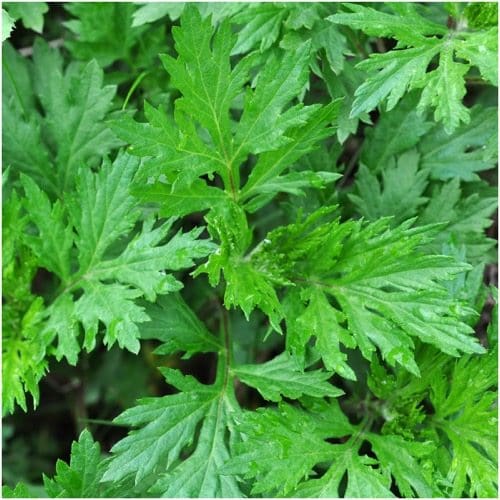
Mugwort
Mugwort is a close relative of tarragon and wormwood. Its aroma is a subtle mixture of juniper, mint, and pepper, and it has a similar taste. It was used to add a bitter flavour to beer, the role played by hops today. It is used in marinades, stuffing, and soup. In Japan, where it is known as yomogi and used to flavour rice cakes and soba noodles.
[mks_button size=”medium” title=”Mugwort Recipes” style=”rounded” url=”https://therecipe.website/?s=mugwort” target=”_blank” bg_color=”#59d330″ txt_color=”#000000″ icon=”” icon_type=”” nofollow=”0″]